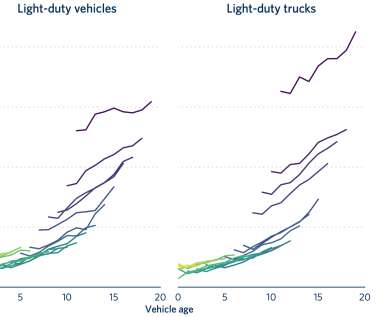TRUE US database shows emissions characteristics of US fleet
Green Car Congress
NOVEMBER 2, 2020
To complement its work on real-world emissions in Europe, TRUE has compiled remote sensing data from the states of Colorado and Virginia and the University of Denver to investigate the emissions of US light-duty vehicles.












Let's personalize your content